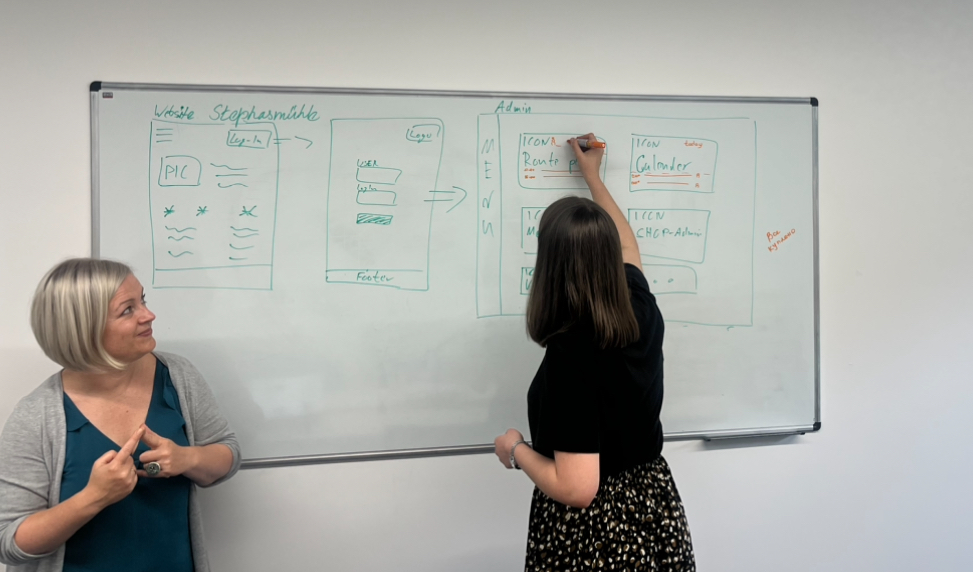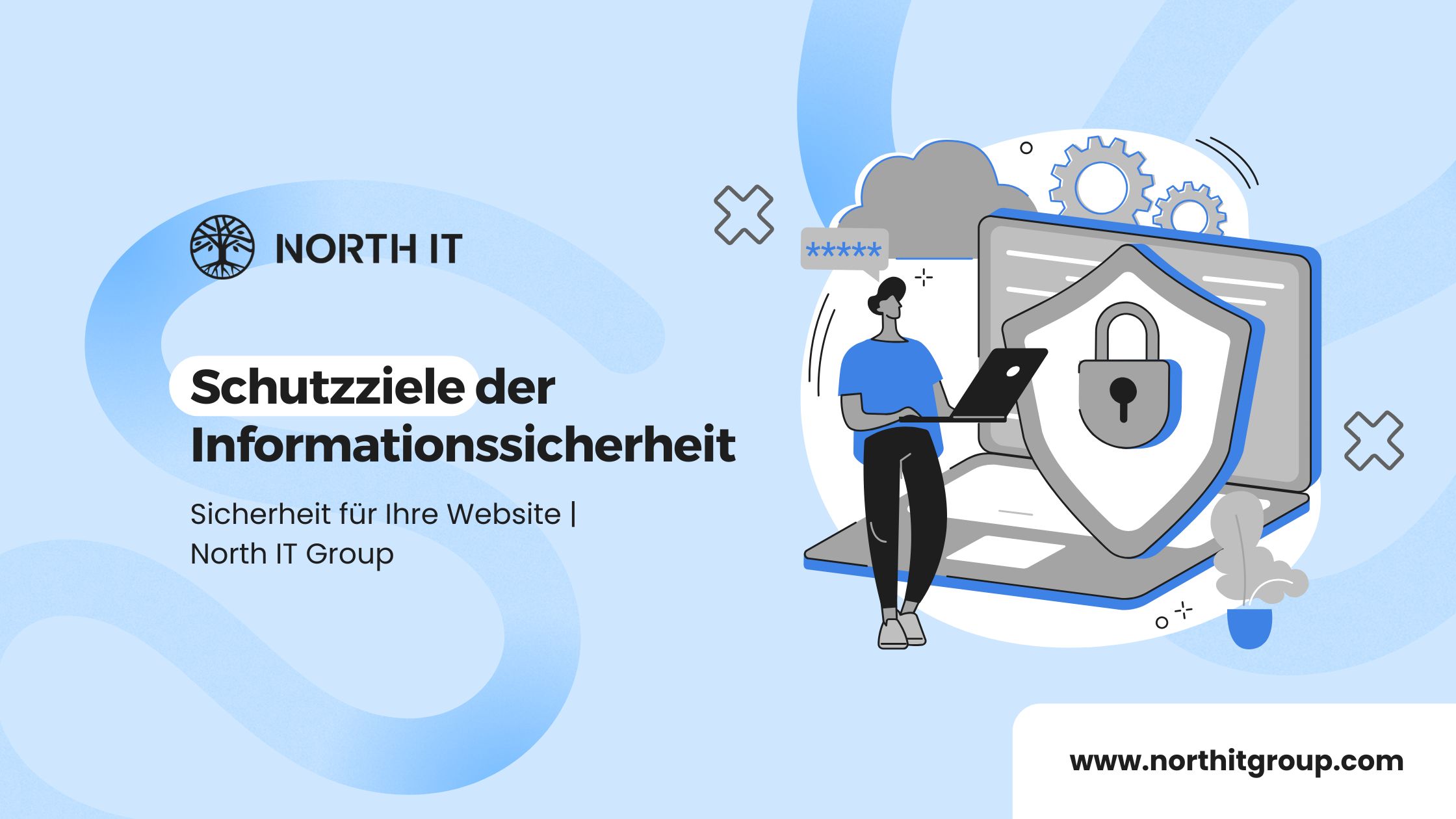1st, 2nd and 3rd level support & IT outsourcing for SMEs
IT support is essential for the smooth functioning of your IT infrastructure. Learn about the different levels of support and IT outsourcing models that North IT Group offers and how they are specifically tailored to the needs of SMEs.
IT support levels
1st Level Support
1st Level Support is the first point of contact for customers with IT problems. The employees process inquiries and complaints, solve simple hardware and software problems and act as a user helpdesk. If necessary, they forward more complex problems to 2nd level support.
Examples of problems:
- Password reset
- Problems with printing
- Application problems with common Office programs
2nd level support
If 1st level support cannot find a solution, 2nd level support comes into play. This level consists of more experienced IT specialists or system administrators who systematically work on more difficult problems and maintain a knowledge database. They act as a link between 1st and 3rd level support.
Examples of problems:
- Network connection problems
- Faulty software installations
- More complex hardware problems
3rd level support
The highest level of support deals with the most complex and business-critical problems. IT specialists or software experts solve problems that cannot be solved by 2nd level support. They tend to work in the background and document their solutions for the entire support team.
Examples of problems:
- Fundamental errors in the software architecture
- Database problems and optimizations
- Security incidents and breaches
Extended IT tasks for SMEs
In small to medium-sized enterprises (SMEs), IT tasks are increasing significantly. IT specialists have to manage both business applications (such as CAD, construction management software, ERP) and the IT infrastructure (servers, cloud services). Collaboration tools such as Microsoft Teams, SharePoint and Planner are becoming increasingly important. Due to the complexity and scope of the tasks, many SMEs are deciding to outsource their IT services.
Support outsourcing models
90% outsourcing model
In this model, strategic IT management is kept in-house, while 90% of IT services are outsourced. A managing partner coordinates the strategic IT tasks, while the IT partner takes on the following tasks:
- Consulting
- IT projects
- IT support
- IT development
- Monitoring
- Provision and introduction of new devices
Advantages: Access to comprehensive IT knowledge, focus on core business.
Disadvantage: Dependence on the IT partner.
40% outsourcing model
Here, strategic IT management and first-level support are handled internally. The rest of the IT services are outsourced. An internal IT employee handles all IT issues and forwards more complex cases to the external IT partner, who provides 2nd/3rd level support and assistance with IT projects.
Advantages: Combination of internal and external IT contacts; a high proportion of IT knowledge remains internal.
Disadvantage: High level of responsibility for the internal IT employee, clear allocation of tasks required.
10% outsourcing model
Almost all IT is managed in-house, only specific projects are outsourced. The internal IT department takes on support and projects, while the IT partner helps with special projects such as the introduction of Microsoft 365.
Advantages: Almost all IT knowledge remains in-house, high level of identification of IT employees with the company.
Disadvantage: High level of responsibility and broad knowledge requirements for internal IT specialists.
Classification in practice
The 90% outsourcing model is the most widespread, as it allows companies to concentrate on their core business. The 40% outsourcing model is often used by medium to larger SMEs, while the 10% outsourcing model is rare and mostly found in larger SMEs with high comfort or confidentiality requirements.
How North IT Group can help you
North IT Group offers customized IT support solutions for SMEs. Our experts cover all levels of support, from simple user queries to complex system-critical issues. With our flexible outsourcing models, you can choose exactly the right level of support to keep your IT running efficiently and securely. Whether it's full IT support, specific projects or a combination of both, we have the right solution for your requirements.
Contact us to find out more about how we can optimize your IT infrastructure and help you focus on your core business.
Photo source: unsplash.com



